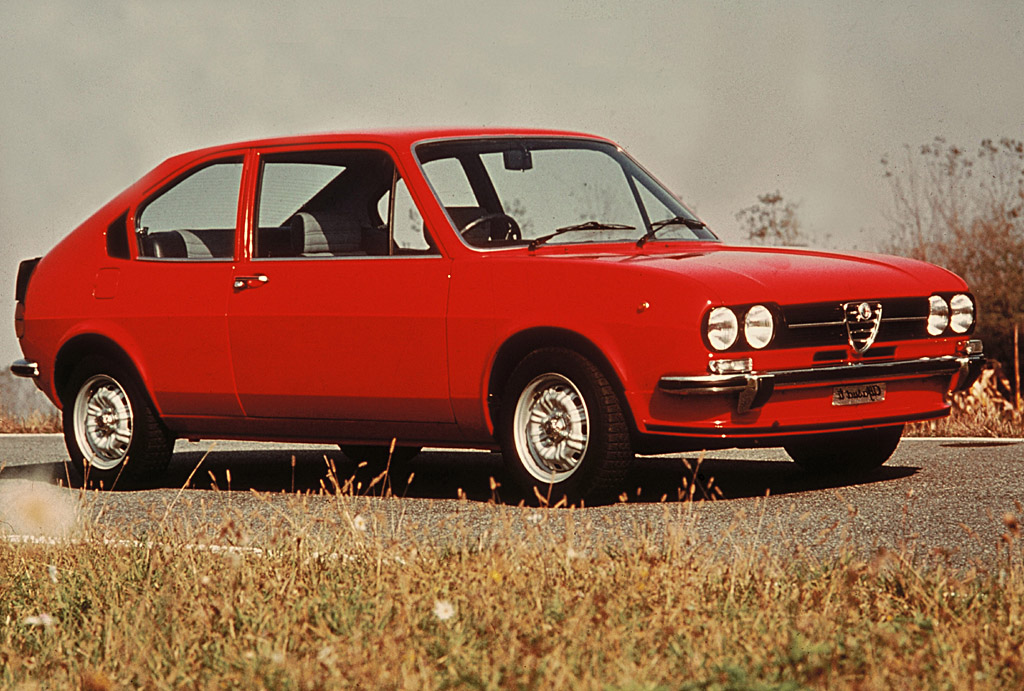The convergence of sport and business accelerated last week when a San Francisco-based company, Fantex announced an Initial Public Offering allowing members of the public to buy a stake in the future earnings of a current NFL star.
The company will issue a million shares in Arian Foster, a running back with the Houston Texans, at $10 a go, and if successful, it will pay $10million to Foster for a 20% stake in his future earnings (salary, bonuses and endorsements).
Foster is probably little known on these shores outside of the growing NFL Fantasy League community, but the fact that Fantex’s CEO has stated his ambition to target other players across all sports, and even entertainers, raises the question of what UK sports fans’ appetite would be for owning a piece of a player they admire.
In essence, the concept is asking investors / fans to look at a player as a commodity and evaluate that commodity’s current and potential worth based upon a combination of value both on and off the field, i.e. that he carries on improving as a player and keep his nose clean to make sure his value as a brand grows in equal measure. If once calculations are complete, there’s a significant difference between current and future value, it’s worth investing.
Personally, I find the idea fascinating, but not sure that I will be rushing to invest. Basically, there would be a massive amount of speculation involved – am I confident that I have both the scouting nous of Arsene Wenger and the marketing insight of Martin Sorrell?
If we focus upon football, a logical starting point in terms of the scale of earnings available, imagine what you could have earned if you’d bought into brand Beckham at the right time – perhaps as his stock dipped momentarily around Loos-gate- and contrast that with your portfolio worth if you’d gone heavy into David Bentley as he joined Spurs and his career trajectory was set to meteoric. Two very different results, and two very different sets of returns.
From a sports viewing perspective, I think it was SkyBet that coined the phrase ‘It matters more when there’s money on it’. How would your spectator experience be affected if you had shares in a fleet-footed midfield maestro who was the target of a ‘direct’ team’s aggression? Would you enjoy the game more or have to watch from behind your hands?
That said, I suppose it is no different to belonging to a syndicate which owns a promising steeplechaser. At the same time as marvelling at its athleticism and speed, the horse remains one bad jump away from a career-ending injury.
In that respect, I can see why the scheme would be appealing to a talented young athlete. With your whole career in front of you, this model provides you with a welcome opportunity to insure yourself against your playing days being cut short and your full earning potential not being fulfilled.
In the US, it’s no surprise that the first player offered for sale is an NFL professional, as they don’t tend to get the same length or value of contracts as their baseball or basketball counterparts. In the UK, could it be interesting outside of football? On first sight, the earning potential of golfers or tennis players looks attractive, compared to rugby or cricket, but perhaps the risk of injury is less and players would therefore be less inclined to gamble a share of their future earnings. David Howell might disagree.
Let’s watch how things progress. At the very least it is an innovative and well researched concept. I hope it goes well and we are soon being asked to speculate on the future earnings of a plentiful conveyor belt of young English talent: Jack Wilshere v Joe Root v Joe Launchbury anyone???

















